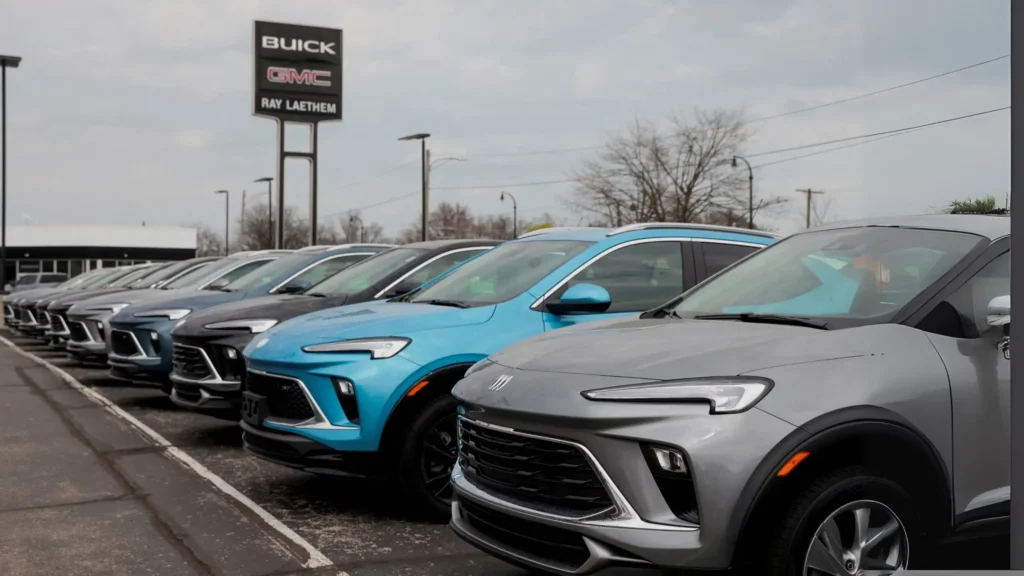Why It Happened
New car prices in the U.S. shot up in April due to the impact of 25% tariffs imposed on vehicle imports by the Trump administration. These tariffs apply to several key trading partners, including Mexico and Canada, which supply a significant share of vehicles and parts to the U.S. market.
Though many automakers avoided immediately increasing official sticker prices, the underlying costs of importing and manufacturing vehicles have gone up. This inflationary pressure is now trickling down to consumers — especially as buyers rush to make purchases before prices climb further.
What’s Happening Now
According to Kelley Blue Book (Cox Automotive):
- New vehicle prices rose 2.5% in April, more than double the average seasonal increase (normally 1.1%).
- This is the largest monthly increase since the COVID-19 pandemic-related supply chain disruptions in April 2020.
- Used vehicle prices also surged: the Manheim Used Vehicle Value Index rose 4.9% year-on-year and 2.7% month-on-month.
Although most carmakers haven’t officially raised MSRPs (manufacturer’s suggested retail prices), companies like Ford have started adjusting quietly. Ford recently announced up to $2,000 price hikes on some Mexico-built models such as the Mustang Mach-E, Maverick, and Bronco Sport.
Meanwhile, buyers are flooding showrooms, driven by the fear that prices will increase further. This heightened demand is also pushing dealership-level prices higher, especially for popular models.
What It Means for the Future
- Short-term inflation: Consumers should expect continued upward pressure on car prices (U.S. Car Prices), even if automakers hold base prices steady. Higher demand combined with tighter supply is shifting pricing power to dealers.
- Fewer incentives: Sales promotions and discounts — which usually cushion the blow — are shrinking. Incentive spending is now at its lowest since mid-2024, according to Cox Automotive.
- Inventory risks: Dealer lots are thinning out. Fewer than 2.6 million new vehicles are currently available nationwide. If imports slow further, inventory shortages could worsen, driving prices even higher.
Long-term price adjustments: Cox Automotive estimates that cars hit directly by the 25% tariff could become 10–15% more expensive, while others may rise by around 5%. However, these changes may roll out gradually, especially during summer model refresh cycles.
Source: Reuters
Read More : Sensex Soars Nearly 3,000 Points in Relief Rally After India-Pakistan Ceasefire
